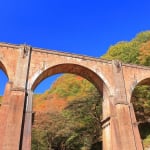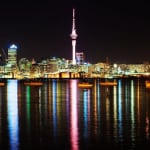Name: Iglesia Catedral de Córdoba
Address: Plaza San Martín | Independencia 64, Córdoba, Argentina
Official Site: http://www.caminandosinrumbo.com/argentina/cordoba/index.htm
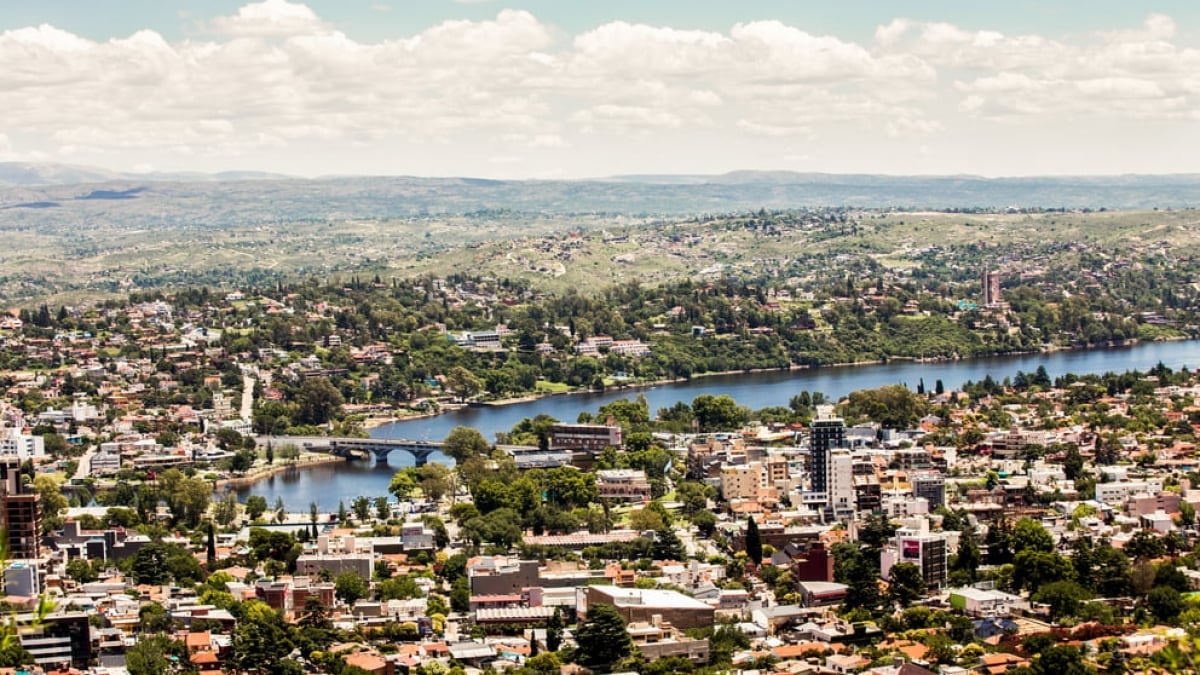
5 Must-See Tourist Spots in Córdoba, Argentina
Córdoba, Argentina’s second-largest city after Buenos Aires, enjoys a warm climate all year round. Surrounded by abundant nature, this livable town has a rich history that dates back centuries, even flourishing long before Buenos Aires. Located about 700 km to the northwest of the capital, Córdoba is a bustling metropolis with a population well over one million, yet it retains a calm, relaxed atmosphere that makes it an ideal destination for sightseeing. The Jesuit Block and its estates, which were inscribed as a World Heritage Site in 2000, are among the city’s top highlights.
Below are 5 recommended tourist spots that showcase the charm of Córdoba.
table of contents
[x] close
1. Catedral (Cathedral)
Located in the heart of Córdoba and facing Plaza San Martín, this magnificent Baroque cathedral is the cornerstone of the city’s historic district. Although the cathedral was formally consecrated in 1706, its construction continued for many years thereafter.
Today, the cathedral stands as an iconic symbol of Córdoba. It features impressive towers on either side, with a prominent clock on the left that marks the passage of time for visitors strolling the streets. The interior is adorned with gold leaf and beautifully decorated in intricate detail.
Next to the cathedral is the historic Old Cabildo, an 18th-century building. When these two historic structures are illuminated at night, they create a romantic scene that enchants all who visit.
2. Universidad Nacional de Córdoba (National University of Córdoba)
Founded in 1613, the National University of Córdoba is one of the oldest public universities in South America and the oldest in Argentina.
The university and the surrounding buildings were constructed by the Jesuits. Together, they form what is known as the Jesuit Block, which was designated a World Heritage Site in 2000 and is one of Córdoba’s greatest attractions. Today, many of the original buildings serve as the university’s Historical Museum.
Visitors can freely explore the university’s courtyard, and guided tours (available in Spanish and English) provide access to the university’s historic library and other heritage sites. The exquisite wall decorations and architectural details offer a glimpse into the advanced construction techniques of the era, making it a highly recommended tour for foreign visitors.
Name: Universidad Nacional de Córdoba
Address: Av. Haya de la Torre s/n, Córdoba, Argentina
Official Site: https://www.unc.edu.ar/
3. Iglesia de la Compañía de Jesús (La Compañía de Jesús Church)
Slightly later than the National University of Córdoba, this church was also built by the Jesuits and is located within the same block as the university. Although its exterior is simple in design, the interior is the main highlight. The principal altar exudes a sacred atmosphere, with statues of Jesuit saints, including one of Francis Xavier—renowned for his missionary work in Japan.
Visitors can explore the church at their leisure, or join guided tours offered by the university for a more in-depth experience. Among the many impressive churches in Córdoba, this one is not to be missed, particularly given its status as a World Heritage Site.
Name: Iglesia de la Compañía de Jesús
Address: Calle Caseros 141, Córdoba X5000AHC, Argentina
Official Site: http://fundacioniglesiadelacompania.org.ec/portal/
4. Colegio Nacional de Monserrat (National Monserrat College)
Founded in 1687, this historic school in the Jesuit Block is another World Heritage Site and a popular tourist attraction. Like the church, its exterior is simple and remains largely unchanged since its founding.
The school is open for guided tours in either English or Spanish, which allow you to explore the premises and appreciate the preserved historical architecture. Despite its status as a tourist site, the school remains an active educational institution with local students attending daily.
Name: Colegio Nacional de Monserrat
Address: Camino a Obispo Trejo 294, Córdoba X5012LLA, Argentina
Official Site: http://monserrat.unc.edu.ar/
5. Paseo de las Artes
Located about a 6-7 minute walk southwest from the Jesuit Block in the heart of Córdoba, Paseo de las Artes is an arts street filled with local crafts. Unlike the historic sites, this vibrant street reflects modern Córdoba.
The area is lined with stalls selling handcrafted ornaments, leather goods, art pieces, objets d'art, and ceramics. On weekend evenings, the street is bustling with both tourists and locals. Even if you’re just browsing, you’ll get a taste of Córdoba’s contemporary culture.
Food vendors, cafés, restaurants, and bars are plentiful in the area, making it a perfect spot to stop for a meal or a leisurely walk.
Name: Paseo de las Artes
Address: Area between Belgrano and Canada Streets, Córdoba, Argentina
◎ Summary
Córdoba is a city steeped in history, known for its friendly climate and safe environment, making it a comfortable and enjoyable destination for tourists. Although it is Argentina’s second-largest city, Córdoba offers a relaxed atmosphere far removed from the bustling image of a metropolis like Buenos Aires. Entire sections of the city have been designated as World Heritage Sites, breathing life into Argentina’s history and culture. When you visit Argentina, be sure to stop by Córdoba to experience its wonderful blend of historical charm and modern vibrancy. Enjoy exploring this captivating city and immerse yourself in its rich heritage!
RELATED ARTICLES
REGIONS
CATEGORIES
FEATURED ON Guide
-
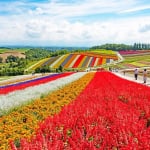
Where will you go for the summer vacation? Introducing recommended spots for domestic travel
-
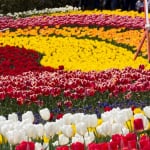
Kaizu City’s Recommended 7 Tourist Spots. Enjoy the Culture and History Nurtured by Wajū!
-
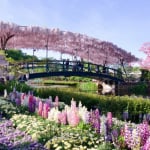
What Makes Ashikaga Flower Park So Special? A Treasure Trove of Photo-Worthy Spots!
-
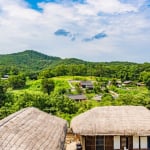
600 Years of Radiant Tradition: Korea’s Historic Villages of Hahoe and Yangdong
-

Two-Colored Seas and a Pink Beach! 4 Must-Visit Spots in North Eleuthera
MOST POPULAR ON Guide
-
 1
1Doha: Must-see Attractions in the Capital of Qatar
-
 2
2Toronto: 10 Things to do in this Picturesque Canadian City
-
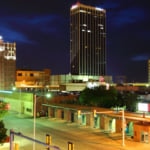 3
3Amarillo: A City Famous for It’s Amazing Canyons, Great History and Music
-
 4
4South Korea: Dazzling Scenery, Rich Culture and Fascinating History
-
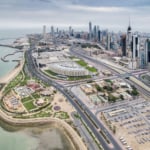 5
5Kuwait: A Country in Middle East Asia Famous for Hot Sand Dunes and Stunning Cityscape



